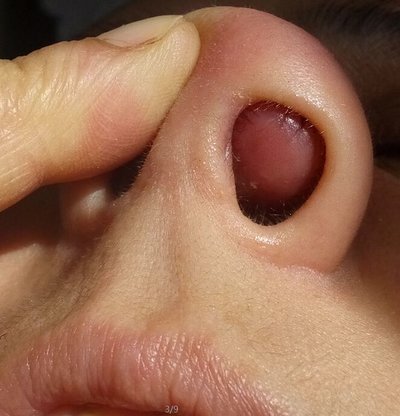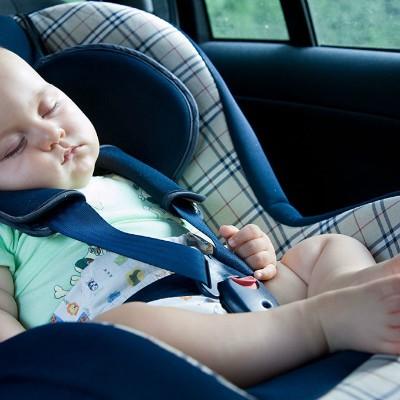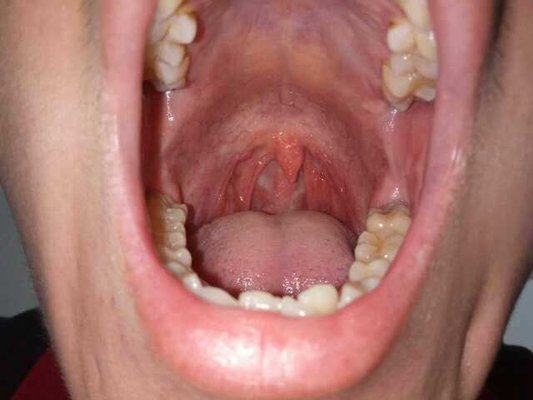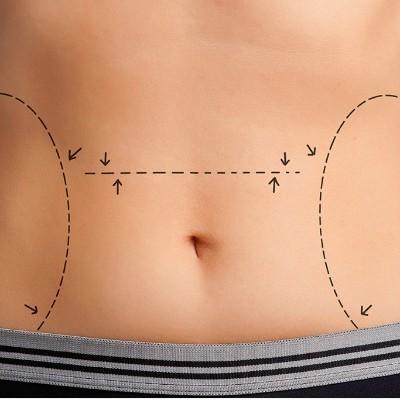How to diagnose pneumonia in children
summary
During the period of infants and young children, due to the imperfect development of alveoli and low immunity, infants and young children are more likely to get pneumonia. Without stethoscope and X-ray examination, parents can judge whether it is pneumonia at home. How can parents judge? Next, let's share the methods for judging children's pneumonia.
How to diagnose pneumonia in children
First: when the child does not cry and the temperature is normal, let the child lie flat, observe the fluctuation of the child's chest, count the number of fluctuations in one minute. Under normal circumstances, the baby under two months is 60 times / minute, the baby from February to 1 year old is 50 times / minute, and the baby from 1 year old to 5 years old is 40 times / minute. Breathing faster than normal, it needs special attention.
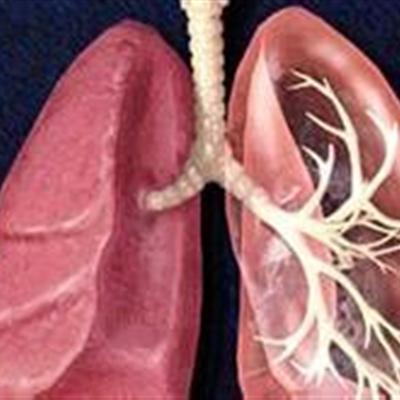
Second: when the child does not cry and the temperature is normal, let the child lie flat or on his side and observe whether there are ups and downs in the suprasternal fossa, supraclavicular fossa and intercostal space. Under normal circumstances, these places do not move with breathing. The more severe the pneumonia is, the more obvious the ups and downs in these places will be.

Third: children cough, runny nose, may also have a fever, but breathing did not increase, chest depression; continued for several days, can be judged as cold bronchitis. Even if the fever subsided, the child had no spirit and no appetite. General cold fever, 3-4 days can be cured, pneumonia fever will last a long time.

matters needing attention
Children often cough, but no fever, but breathing faster, no chest depression, this can be initially judged to be mild pneumonia. Cough voice is obviously rapid, affect sleep, there will be phlegm.
